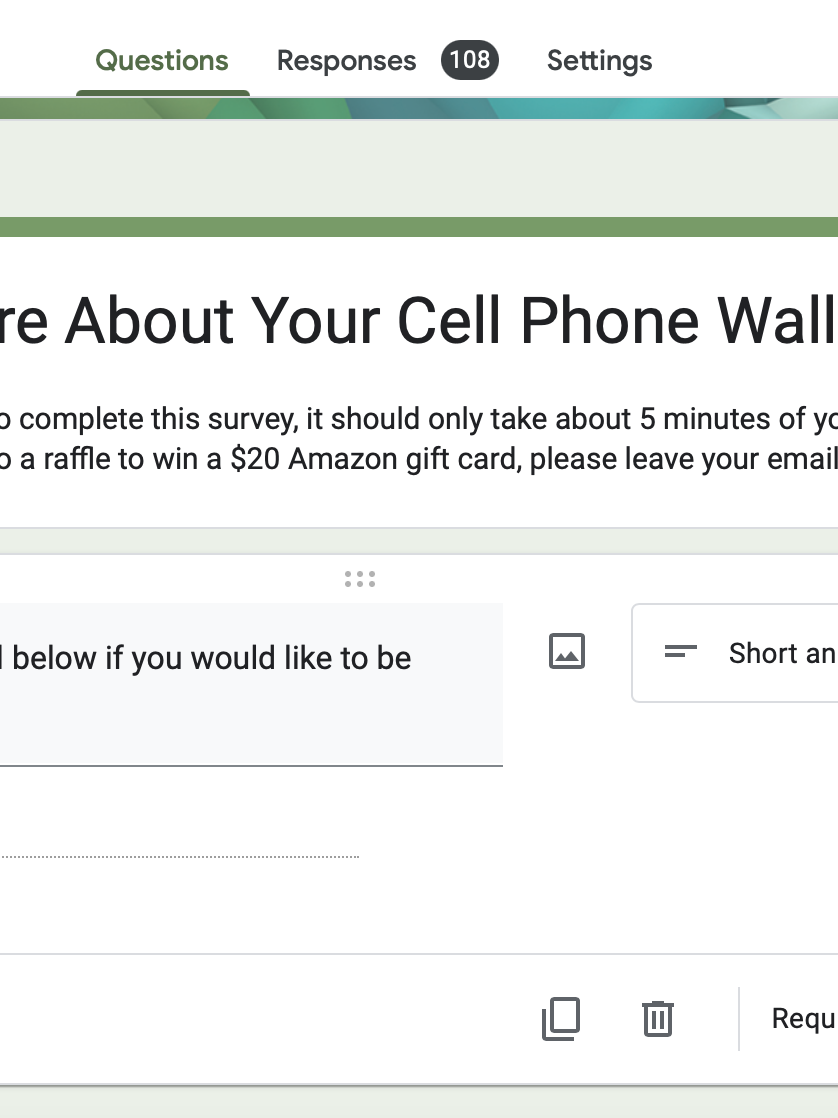Pixel Play
Scratch Blocks used to code Pixel Play
Image borrowed from Mitchel Resnick
Image borrowed from Mitchel Resnick
• Learning Creative Learning (LLK): Goes into depth on the 4 P’s and provides a space for educators to reflect and make their own projects.
Materials Table: Pick your Favorite Summer Activity
it is accessible and encourages experimentation (have a variety of materials, all packages open, don’t have any tools behind closed doors or not in plain site, seats and tables set up to encourage collaboration).
Project Examples: A paper lantern that changes color.
Project Examples: A basketball rim that lights up when you make a basket.
Working on projects: Steven (right) making an interactive bongo drum, Krishna (left) making a bike helmet that signals which direction you’re turning.
to take input from the outside world andoutput light configurations based on that input. Added a Motion Sensor.
Pixel Play with Motion Sensor Added
Mini-Card, several of these were shown at the beginning of the workshop
Wide variety of materials, youth played around and started to think of project ideas
A 'bike wheel' that lights up when it spins.
A drum that detects movement.



